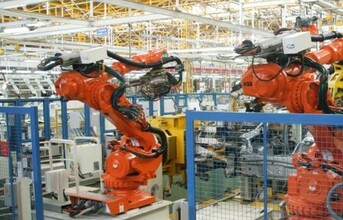
Forty percent - versus 20 percent in KPMG's 2013 GMO - say they lack information and material visibility across their supply base. Thirty eight percent say they lack critical details on supplier performance, and 36 percent lack adequate supply chain IT systems. According to half of respondents, the biggest obstacle to achieving more visibility is a lack of mature technology, followed by lack of governance (19 percent) and lack of strategy (14 percent).
Despite those challenges, visibility has improved over the past twelve months with 22 percent of respondents now claiming to have complete visibility (up from just 9 percent in 2013). For the most part, these gains in visibility have resulted from stronger relationships between manufacturers and their top tier suppliers. More than three quarters of respondents say that their relationship with top tier suppliers is now strong enough for them to share real-time capacity and demand data.
On integrating the supply chain SV Sukumar, Partner and Head of Operation and Supply Chain, KPMG in India said, "In India, planning has always been the weakest link for quite some years now. Given many unpredictable factors associated, planning will have to be even more robust. The successful integration and hence the visibility of the entire Supply Chain will call for a significant change in the way organisations manage their "Planning and execution". Apart from leveraging "Technology" for managing complex planning process, the organisations may need to change the "Philosophies, Assumptions and Rules of the Planning & Execution" appropriate to the market they serve."
"The upward trend is promising given the fact that almost three quarters of our respondents think they can achieve a globally integrated supply chain within the next five years," Dobbs said. "However, we believe there is still much work to be done around trusted relationships, transparency, and technology enablement to foster these types of collaborative business models."
This fifth annual ‘Global Manufacturing Outlook, Performance in the Crosshairs', was completed in early 2014 and surveyed 460 senior executives across six industrial sectors split equally among the Americas; Europe, Middle East and Africa; and Asia-Pacific.
END


























